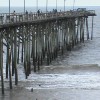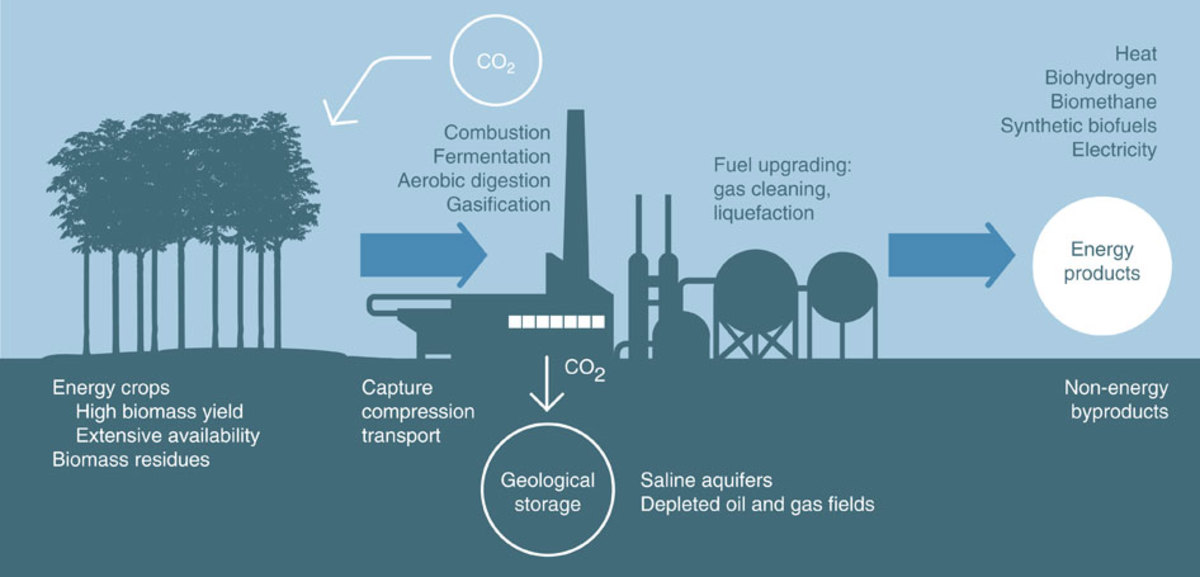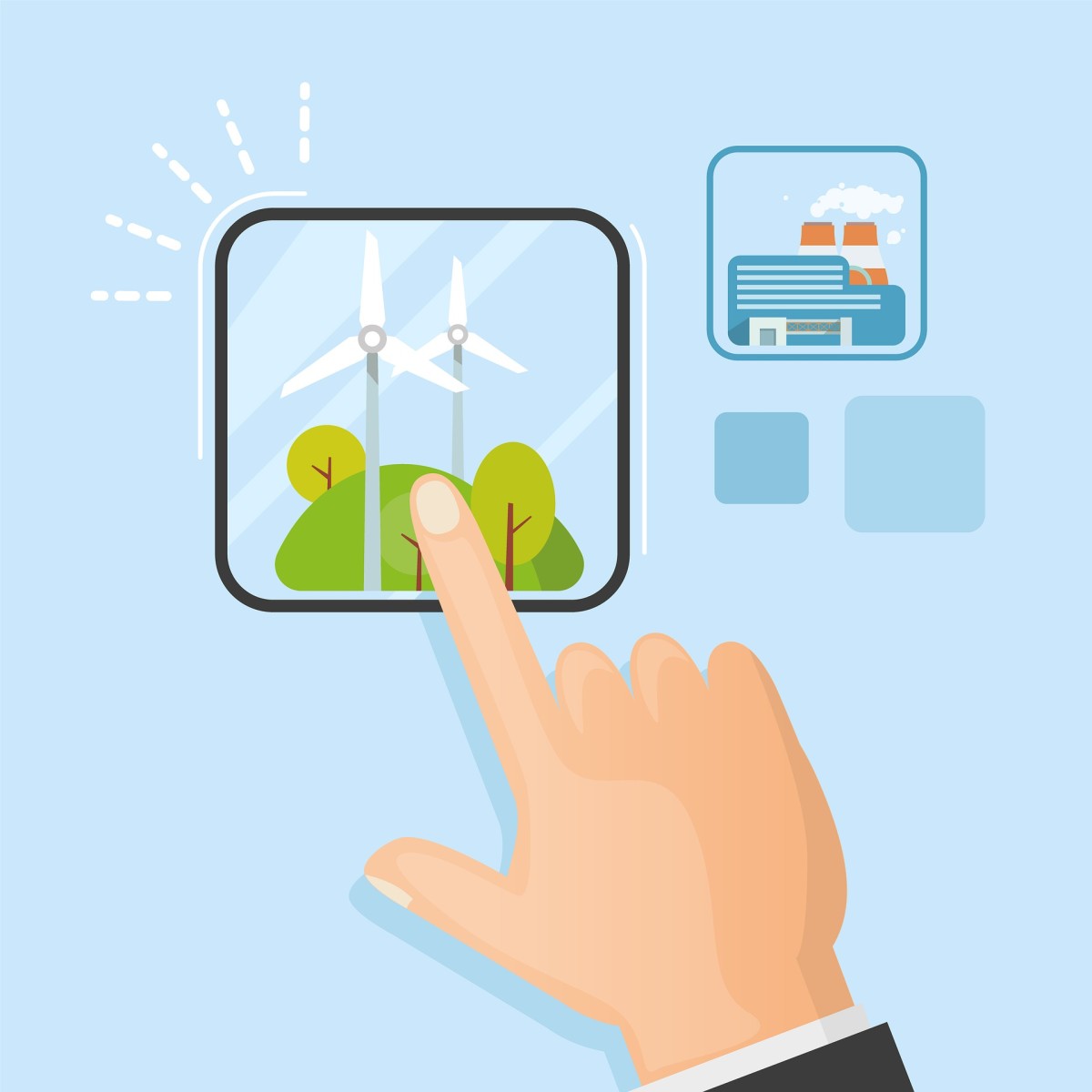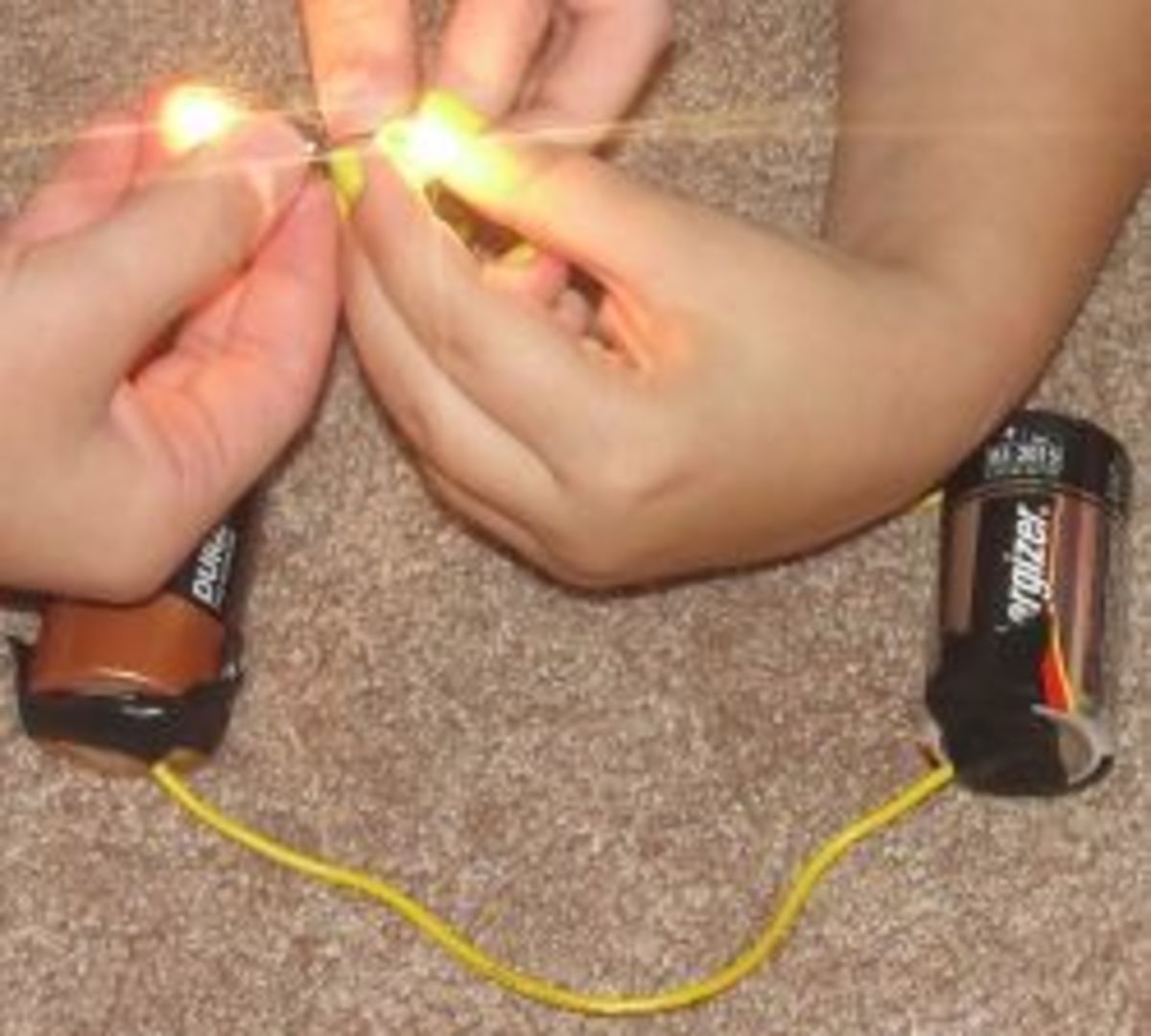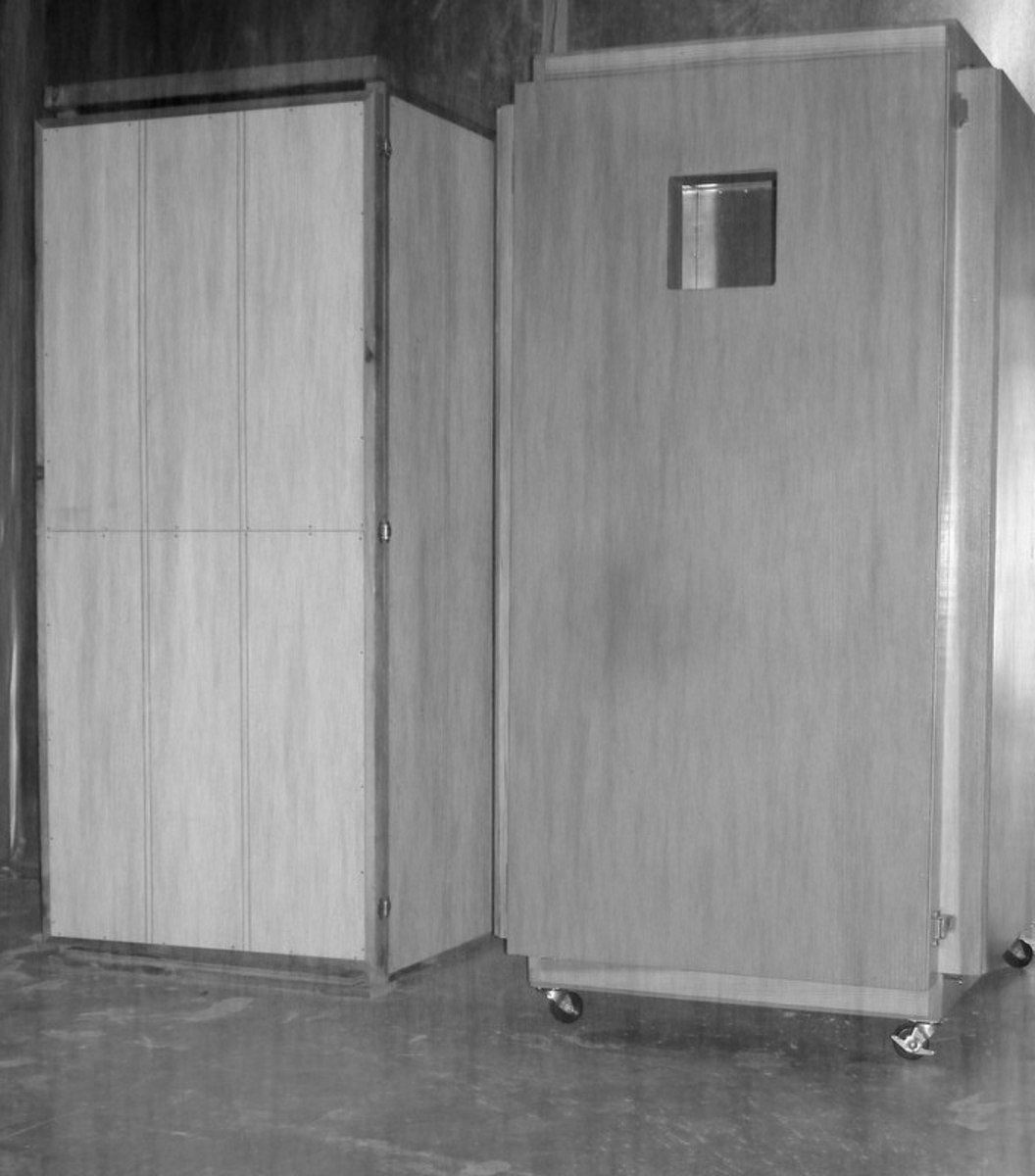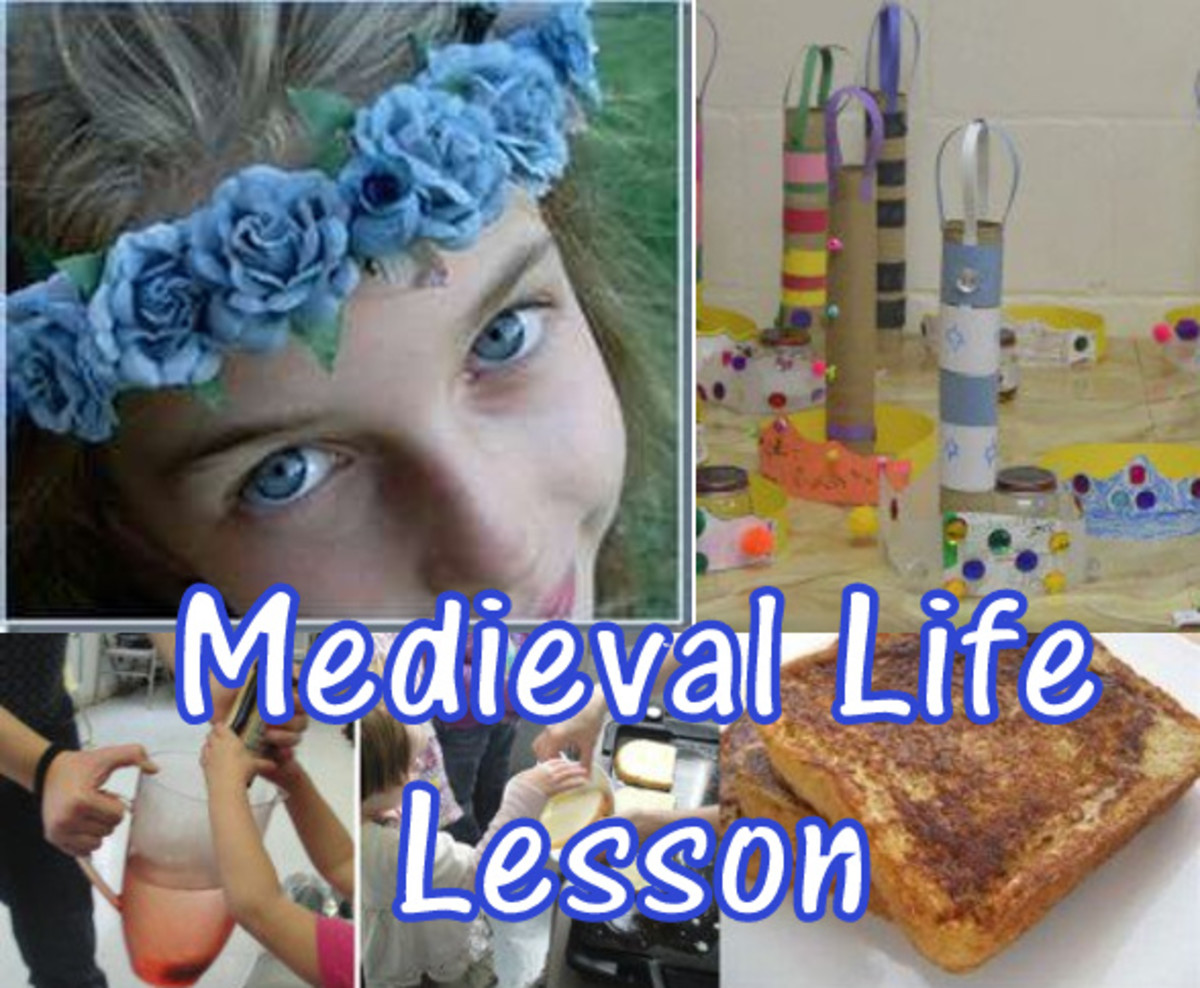- HubPages»
- Education and Science»
- Teaching»
- Lesson Plans
Lesson Plan -Renewable Energy Survival-Basic Introduction
WIND MILLS
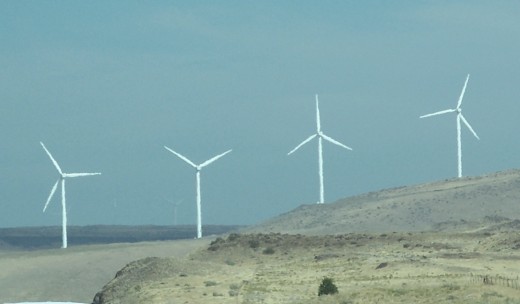
SAFETY
A set of safety rules should be the foremost introduction and focus of the class. These rules attained in the classroom will go with the student into the workforce. The teacher or instructor should post, follow and maintain the set rules as standard practice everyday. All the students should be fully aware of the rules and regulations.
The most important agenda before starting teaching or instruction is to focus on safety, awareness and understanding of key concepts.
THE FOLLOWING ARE BASIC RULES FOR THE CLASSROOM AND SHOP
Any cut or breakage of the skin should result in notation of the event and first aid should be administered to immediately.
Electricity can burn, shock or even kill a person. Before assuming the voltage or amps, be sure to take precautions and take accurate readings, even locking out the circuit..
Capacitors will store up amps and will have the capacity to kill a person for a long time after they are charged. DO NOT ASSUME A CAPACITOR IS DISCHARGED!
Battery acid will burn the clothes and the skin. Always have a flush station nearby and make sure that everyone is well instructed on the use of the station in the event of acid getting on the skin, clothes or in the eyes. Always wear gloves, eye protection and a rubber apron when handling acid batteries.
Lock out and tag any circuits that are being worked on.
Be respectful for others and other's work.
No horse play should be allowed
Organization and order should be maintained in the work area at all times.
No student works alone. Everyone must work with at least one other classmate.
No student should work with any tool, equipment or device that the student has not been trained and certified to operate.
All students must clean up after themselves
Work in a well ventilated area
Shop glasses should be used any time that work is being performed
INTRODUCTION TO BASICS
The concept of renewable energy is as follows:
To produce usable energy with materials, movement or velocities that can be renewed or regenerated as opposed to the non-renewable fuels such as coal and petroleum sources.
The following are some basic terms that will be used.
Students must get an understanding and knowledge of these key terms.
VOLTAGE METER: An electronic instrument used to measure voltage, either AC or DC. Most instruments of this kind can also measure resistance, transistor, diode, battery charge and sometimes AMPS. ALWAYS START WITH THE HIGHEST SETTING TO TAKE A READING IF THE VOLTAGE IS UNKNOWN.
ELECTRICAL GRID: According to Wikipedia, it is a complex system of suppliers that deliver the electricity to consumers. The three main components of the electrical grid are generation, transmission and then transformers. http://en.wikipedia.org/wiki/Electrical_grid
SOLAR PANEL: Wikipedia says that a solar panel is interconnected array of photovolatic cells that produces electricity by conversion of sunlight. http://en.wikipedia.org/wiki/Solar_panel
FUEL CELL: A device that converts hydrogen or hydrogen-carbon into electricity using a chemical reaction. http://en.wikipedia.org/wiki/Fuel_cell
PHOTOVOLATIC: A way or method of converting sunlight into usable direct current by using solar cells or other materials that generate electricity when activated by the radiation or light from the sun. http://en.wikipedia.org/wiki/Photovoltaics
NON-CONTACT WIRE TRACER : A device that blinks light and/or beeps in the presence of a live circuit or wire.
NON-CONTACT THERMOMETER: A device for measuring temperature of an object without actually coming in touch, but at a distance, of the object. http://en.wikipedia.org/wiki/Infrared_thermometer
AMP METER: A meter or device that measures the strength, flow or current that flows through the wire or circuit.
METHANE: A colorless and odorless gas that is the main component of natural gas, that is composed of hydrogen and carbon. http://en.wikipedia.org/wiki/Methane
BATTERY: A device or apparatus that uses chemicals to convert the chemical components into electrical energy.
ELECTRICAL WIRE: A string of carbon fiber, metal or any type of material that can be strung and can have the ability to transmit electrical current. http://en.wikipedia.org/wiki/Wire
PLIERS: A mechanical tool that has basically two parts, in which the handles are squeezed together to create a greater force at the shorter end for more leverage and pressure. http://en.wikipedia.org/wiki/Pliers
HAMMER: A tool with a head and a handle used for striking another object. http://en.wikipedia.org/wiki/Hammer
RIVET GUN: A tool that has two handles, with an insert to place rivets, which squeezes the two part rivet together as one. http://en.wikipedia.org/wiki/Rivet
STAPLER: A device that uses a u-shaped wire to fasten two items together. http://en.wikipedia.org/wiki/Stapler
MULTI-USE INSTRUMENT: An instrument that can measure different types of electricity or function that is related to electricity. http://en.wikipedia.org/wiki/Multimeter
SCREW GUN: A drill related tool that is used for turning screws into a material. http://en.wikipedia.org/wiki/Screw_gun
SCREWDRIVER: A hand held device that is used to turn different types of screws into a material. http://en.wikipedia.org/wiki/Screwdriver
WIRE NUT: A apparatus that is used to fasten two or more ends of wire together. http://en.wikipedia.org/wiki/Wire_nut
TESLA: Nikola Tesla: Brilliant man that made fantastic advances in the area of electricity. http://en.wikipedia.org/wiki/Nikola_Tesla
HEAT: The temperature transferred, produced or energy rise of a material http://en.wikipedia.org/wiki/Heat
GRADIENT: The line of which a substance exists, which if two existences are greatly different, the more the reaction to remain at at a steady or equal existence. http://en.wikipedia.org/wiki/Gradient
RADIATION: Highly charged particles moving though a material or space. http://en.wikipedia.org/wiki/Radiation
THERMOSIPHON: The natural movement of a liquid related to the content of the heat, being that heated liquid rises and cooled liquid sinks, being heavier. http://en.wikipedia.org/wiki/Thermosiphon
GRAVITY: Natural attraction occurrence that gives objects weight that have mass. http://en.wikipedia.org/wiki/Gravity
WATER WHEEL: A mechanical device that is used to convert moving water into electrical, mechanical or thermal energy. http://en.wikipedia.org/wiki/Water_wheel
TURBINE: A rotary device that converts a movement into energy. http://en.wikipedia.org/wiki/Turbine
WIND MILL: A mechanical device that has blades for capturing the energy of the wind, converting the energy into mechanical, electrical or thermal usable energy. http://en.wikipedia.org/wiki/Wind_mill
ENERGY: Ability to do work. http://en.wikipedia.org/wiki/Energy
SOLAR: Having to do with the sun or sunlight. http://en.wikipedia.org/wiki/Sun
BI-METAL: Refers to an object or material that is made of two compressed layers of different metals. http://en.wikipedia.org/wiki/Bi-metal
ORGANIC: Refers to once living material or organisms. http://en.wikipedia.org/wiki/Organic
BIOMASS: Refers to a fuel that is living or recently was living. http://en.wikipedia.org/wiki/Biomass
ALCOHOL: A hydrocarbon that is clear and flammable liquid that could be used as a fuel. http://en.wikipedia.org/wiki/Alcohol
FUEL: Any material or liquid that can be used for the controlled extraction of energy. http://en.wikipedia.org/wiki/Fuel
HYDROGEN: The lightest and most abundant element, being the basis for the combustion of fuels. http://en.wikipedia.org/wiki/Hydrogen
GEOTHERMAL: The heat and thermal energy that is stored in the earth, which has the potential to produce electricity, hot water and usable energy. http://en.wikipedia.org/wiki/Geothermal_energy
FRESNAL LENS: A flat magnifying sheet of material that has small rings that focus the sun's energy into a focal point. http://en.wikipedia.org/wiki/Fresnel_lens
BIO-FUELS: Fuels that are made from organic compounds that are recently taken from organisms and plants. http://en.wikipedia.org/wiki/Bio-fuels
VOLTAGE: The amount of electrical charge. http://en.wikipedia.org/wiki/Voltage
INVERTER: A device that converts one voltage to another voltage.
Water
The use of water can be used for mechanical and electrical production. Hydro is another word associated with water as being the same, thus, power that is made from water is called, hydro-power.
Water can be used to create many useful purposes, such as running saws, mills, irrigation, pumps, grinding stones, juicers, tumbling and creating electricity. Most of the time, a wheel or turbine is used to create the motion or action that is needed to operate the machinery or electrical generation stations.
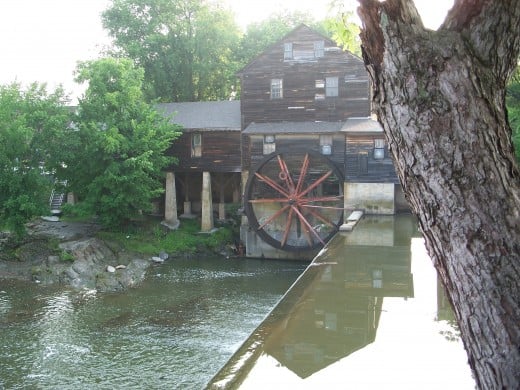
WIND
Through the use of wind, energy can be produced into electricity, compressed air and for mechanical power.
For years upon years, people have used the wind for pumping water, for mechanical power to grind seeds and for running machinery. With the invention of industrialized apparatuses that use electricity to do the work, the inventions of sophisticated windmills have been made to convert the wind currents into usable electrical energy.
WIND MILL USED FOR ELECTRICITY GENERATION
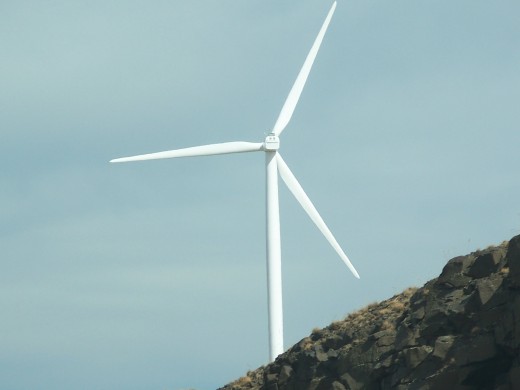
SOLAR
The sun produces heat, sunlight and other frequencies that can be transmitted into usable energy. The sun can create intense heat on the earth and can also direct different radiation that can be useful to create forms of energy. The solar panels are composed of solar cells that convert the sun's radiation into electricity through the process called photoelectric effect.
Solar energy can also be converted into heat by using some type of magnification unit. The Fresnel lens can be used to heat materials to high temperatures by concentrating the sun's rays to a focal point. Also mirrors can be used to direct the sun's light to a central focal point. Steam can be produced by using these principles, which can be used to create electricity.
SOLAR PANEL ARRAY
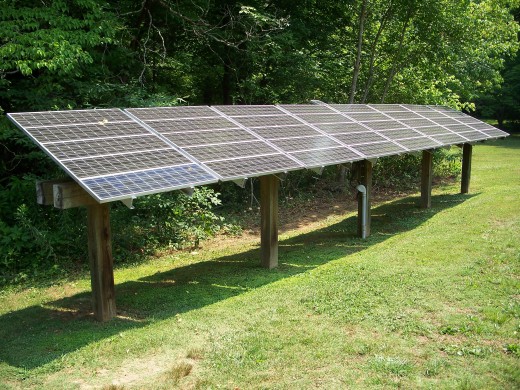
GEOTHERMAL
The heat inside the earth can be used to produce energy and usable heat. When there is usable heat or steam inside the earth, this can be used to heat buildings and water, cook and produce steam that can be used to run turbines to produce electricity.
The earth is known to stay at about 55-57 degrees, but there are areas of the earth that have volcanic activity, radioactive decay or decaying organic material under the surface, creating heat. Depending on the temperature of the underlying ground would determine the amount of usable energy could be extracted. A very high temperature, above the boiling point of water would give an indication that steam could be produced to be used to run machinery, extract heat for heating homes and buildings and to run generators or turbines to produce electricity.
BIOMASS
The organic substances can be changed to produce fuels and other organic materials that can be usable in today's society.
Biomass is composed of carbon, hydrogen and oxygen. Most of the time, it is recognized as wood, grass, organic material, fruit and vegetable matter, but could also consist of animal matter.
The bio-mass could be used straight as a form of heat or converted into other fuels, such as methanol, ethanol, methane, bio-diesel and other forms of combustible fuels.
New technologies are being developed to use different types of bio-mass to produce usable types of fuels. The use of fermentation, distillation, organisms, enzymes, and chemical to transform the organic mass into a dependable, usable flammable liquid.
ORGANIC
Anything organic can be reproduced and regrown, thus being renewable forms of energy.
People have been using trees for years for heating the home and buildings for thousands of years. Within the last 50 years, the scientist have experimented with the genetics to develop hybrid plants to grow faster, stronger and bigger.
The organic material can be converted to usable energy by composting,destructive distillation, fermentation and anaerobic digestion. Yeast is used to break down the sugars into alcohol, composting breaks down certain organic material releasing heat and methane and anaerobic digestion is the breakdown of organic materials in an environment absence of free oxygen by the anaerobic organisms. This anaerobic action produces methane. The destructive distillation is a process where heat is applied to an organic material in a closed oxygen absent environment that drives out usable energy. In the case of wood, the fuel produced would be methanol alcohol.
COMPLEX AND OTHER FORMS OF ENERGY
OK, this will be dedicated to the unknown, fringe areas and to the possibilities of further information of generation and obtaining of new sources of energy.
One of these areas is free energy. Tesla experimented with these types of sources. It is said that Tesla invented a car that could take the electricity directly out of the air. Ben Franklin flew a kite, with a carbon filament string, lit a key at the end of the string. He took the energy directly out of the air or some say that lightening struck it..
The difference between the gradients of the sky and the ground would produce the energy if connected to each other. Lightening would be the great difference of the gradients, which would be released, to be stabilized.
http://www.2012.com.au/Tesla_auto.html
http://www.uncletaz.com/library/scimath/tesla/teslacar.html
http://customers.hbci.com/~wenonah/new/tesla.htm
http://www.keelynet.com/energy/teslcar.htm
- Types of Renewable Energy
Learn about the different types of renewable energy and how they work
HOW TO USE A MULTI-METER
LESSON PLAN; RENEWABLE ENERGY; BATTERIES
Please Check Out the Lesson Plan for Renewable Energy for Batteries
http://laurenswright.hubpages.com/hub/Lesson-Plan-Renewable-Energy-Batteries
